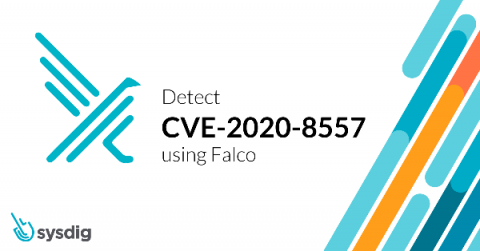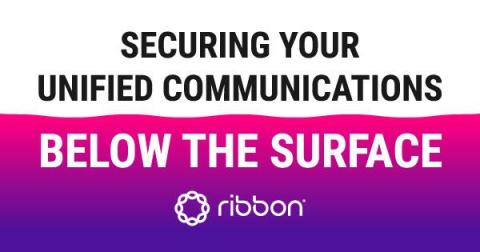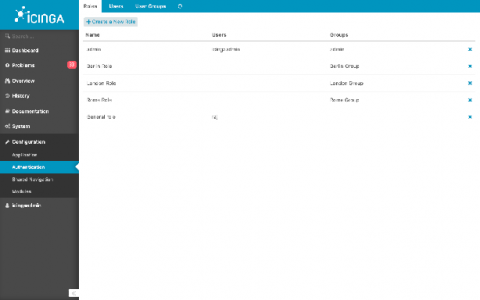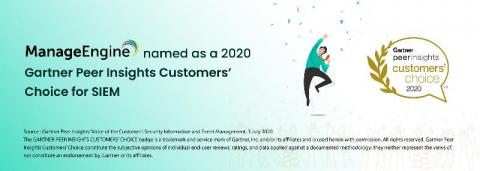Nation-State Espionage Targeting COVID-19 Vaccine Development Firms - The Actions Security Teams Need To Take Now!
Throughout the duration of COVID-19, there have been consistent rumors of increased nation-state espionage. In parallel, many recent ransomware strains have a COVID-19 tie-in. Now the United Kingdom's National Cyber Security Centre (NCSC), published an advisory report that the threat group APT29 is targeting governmental, diplomatic, think-tank, healthcare and energy targets for intelligence gain which are involved in COVID-19 vaccines development and testing.










